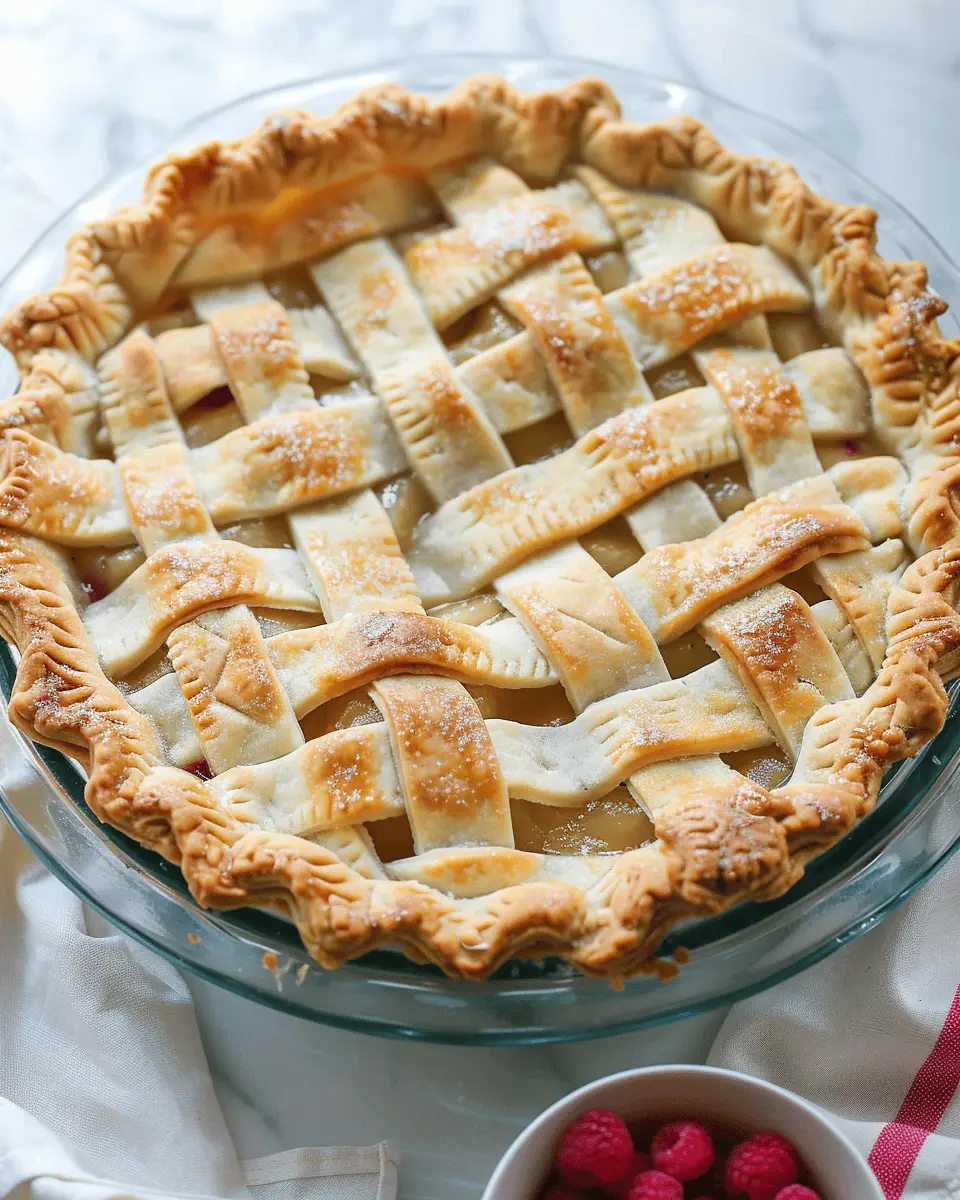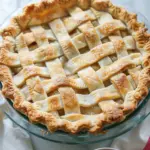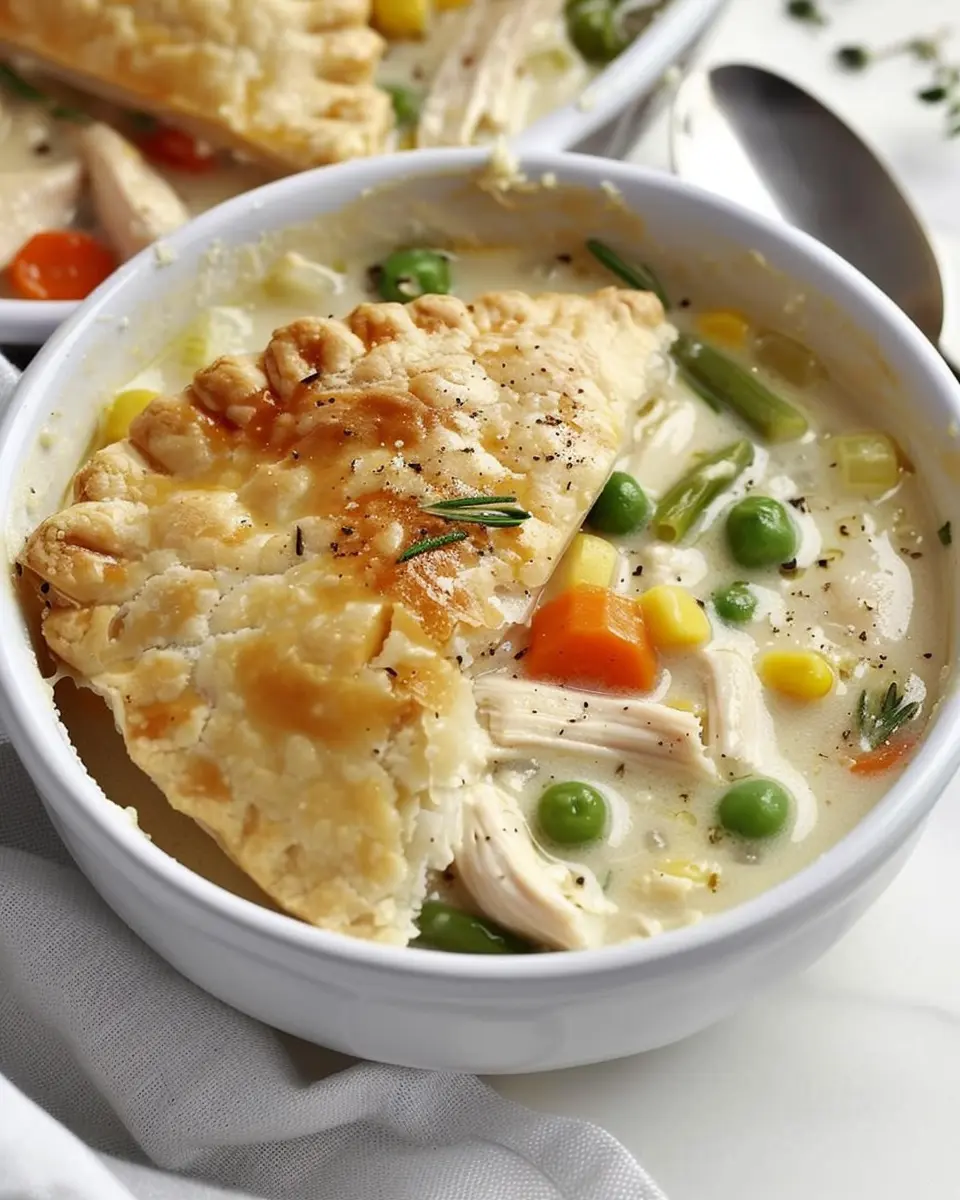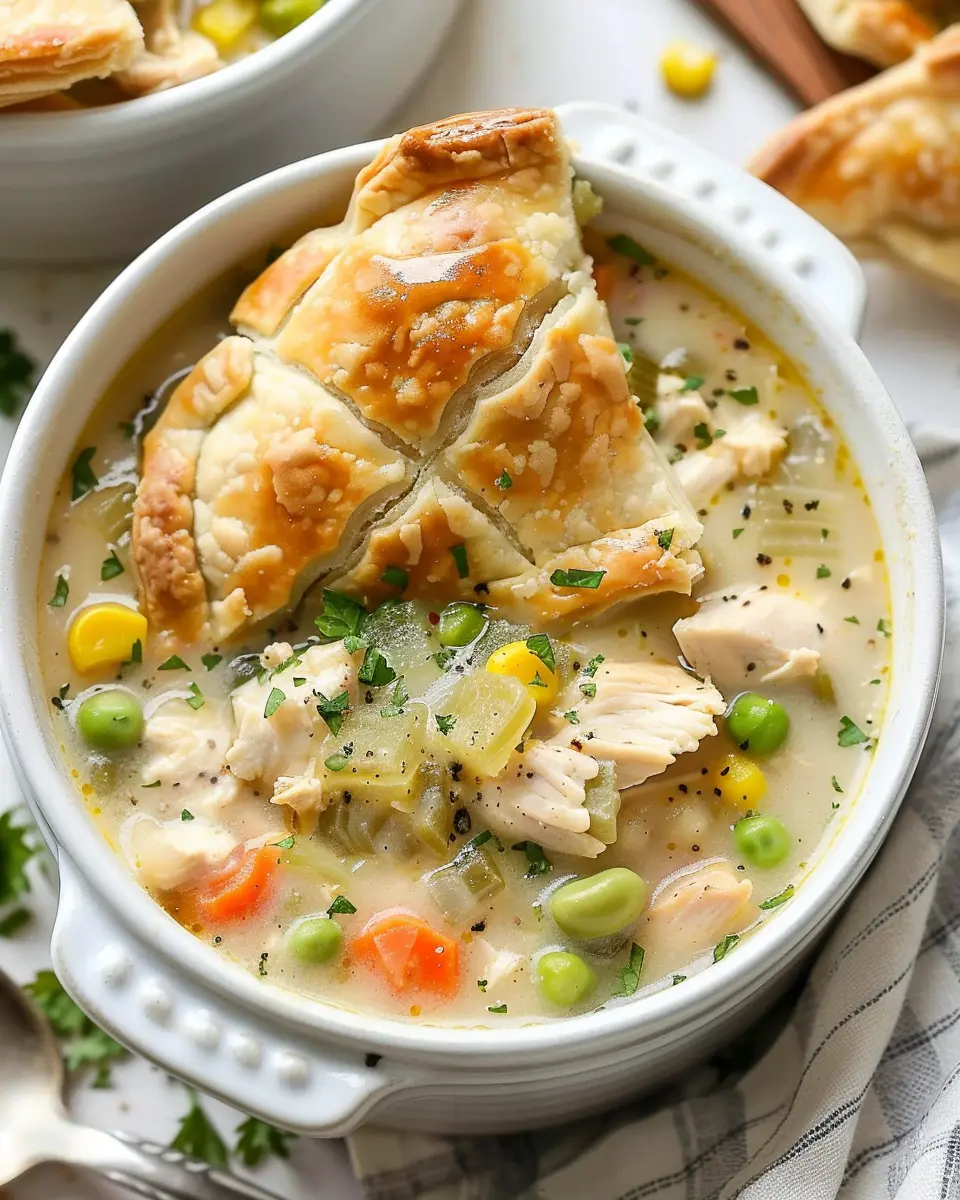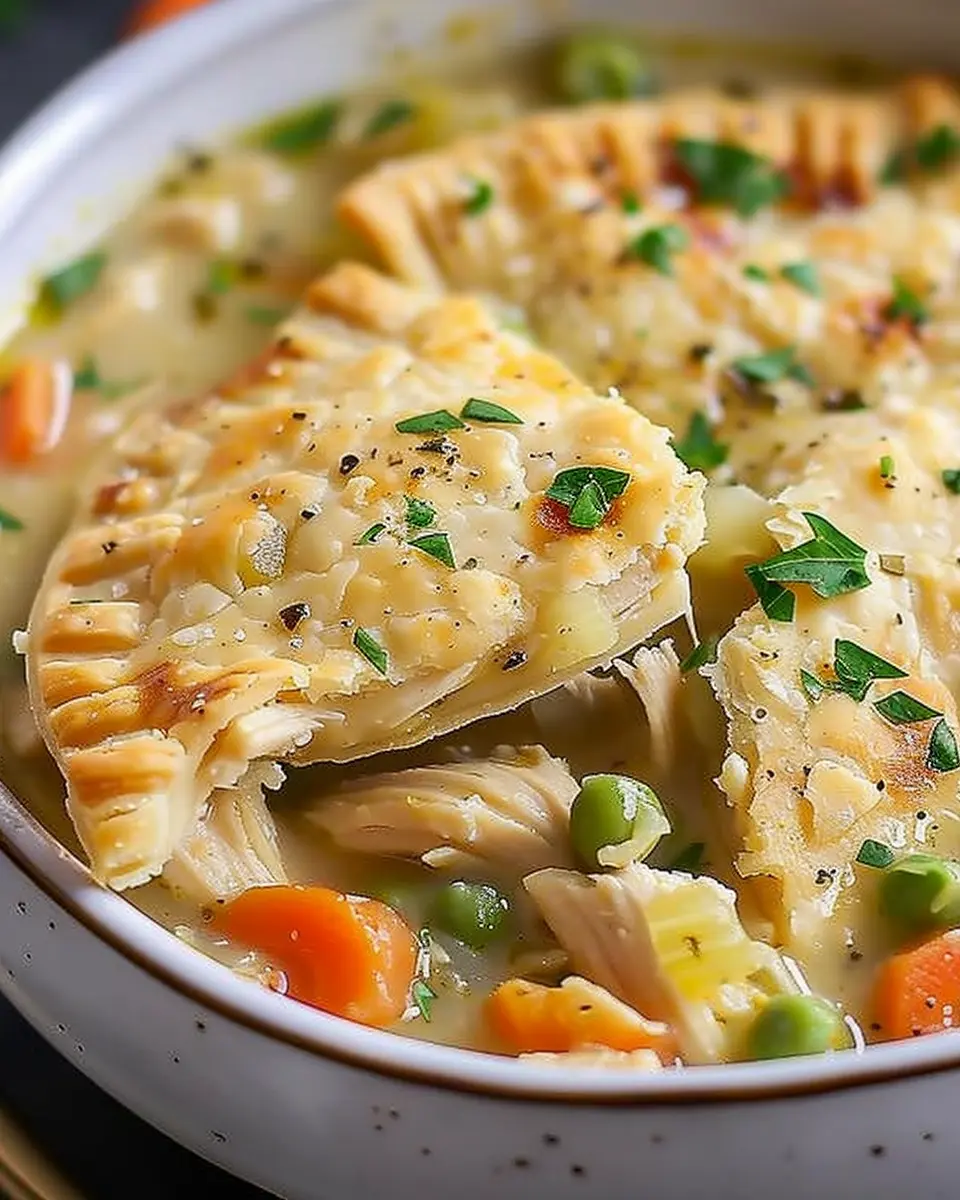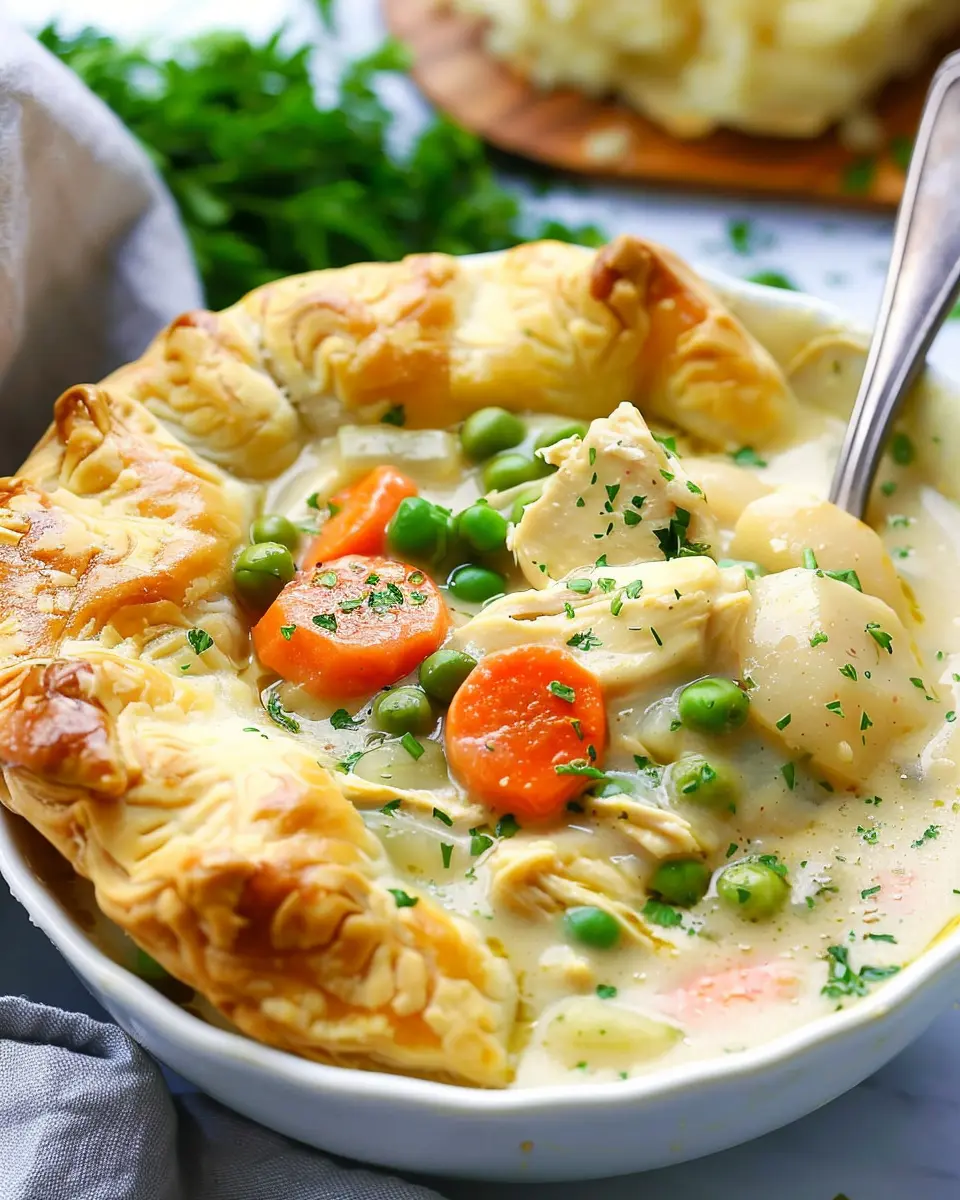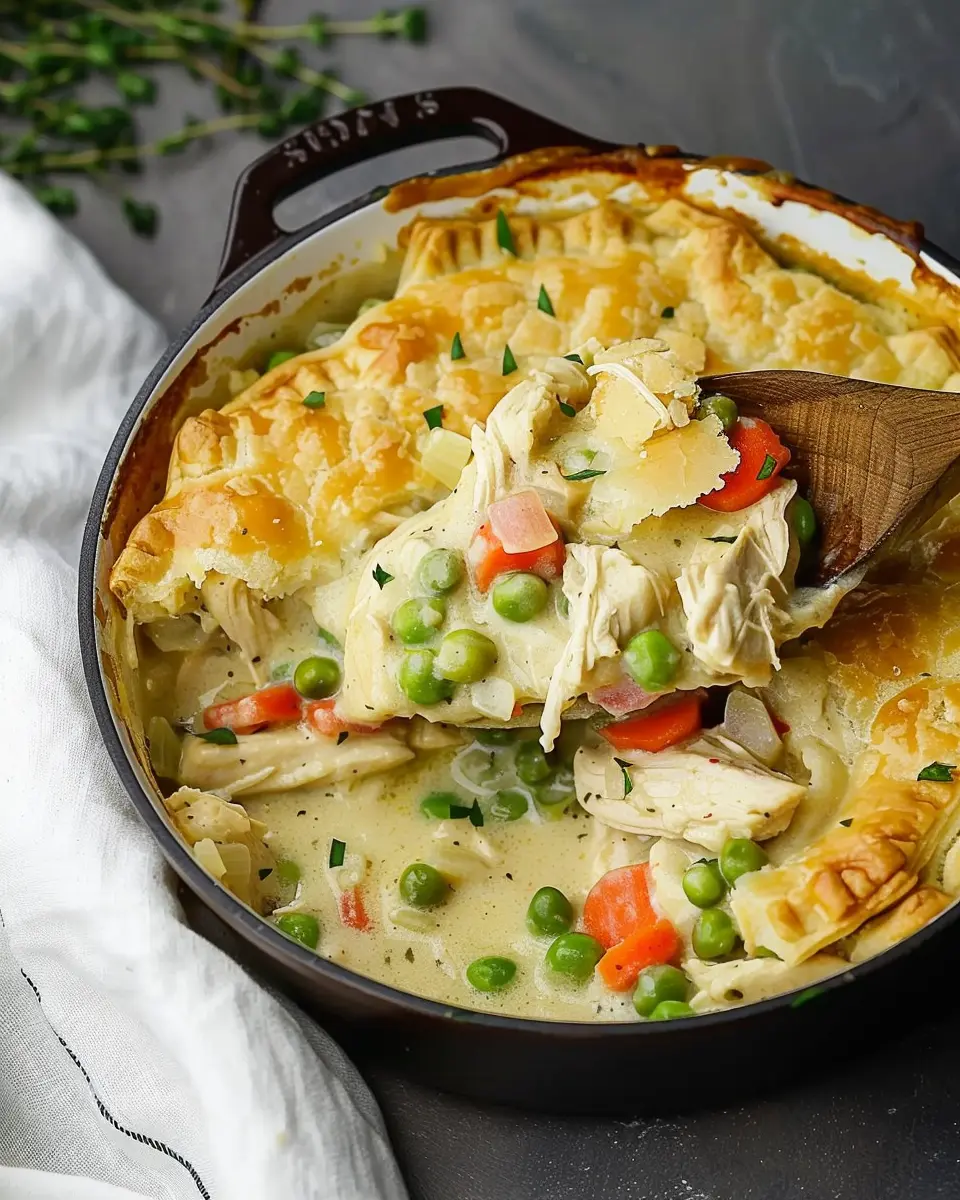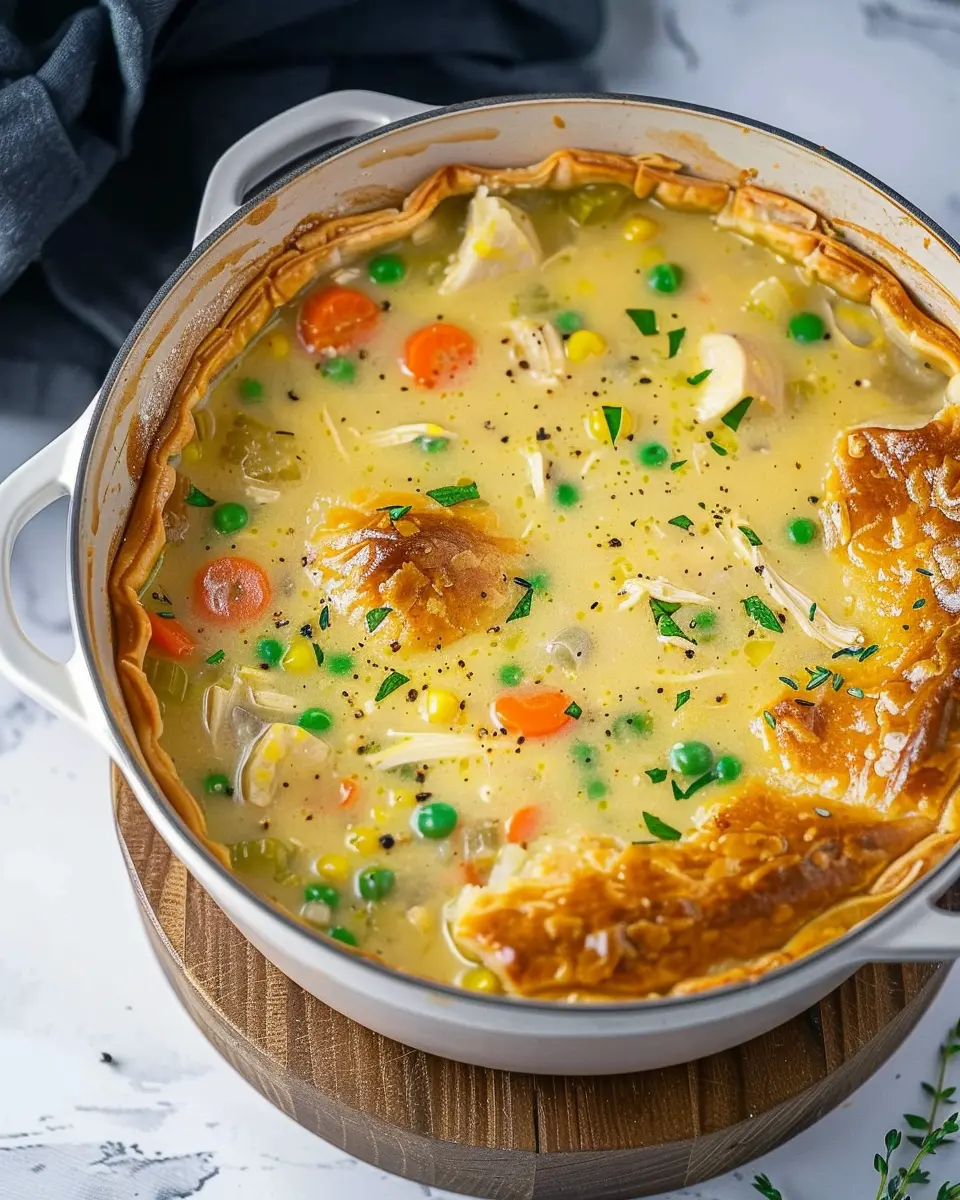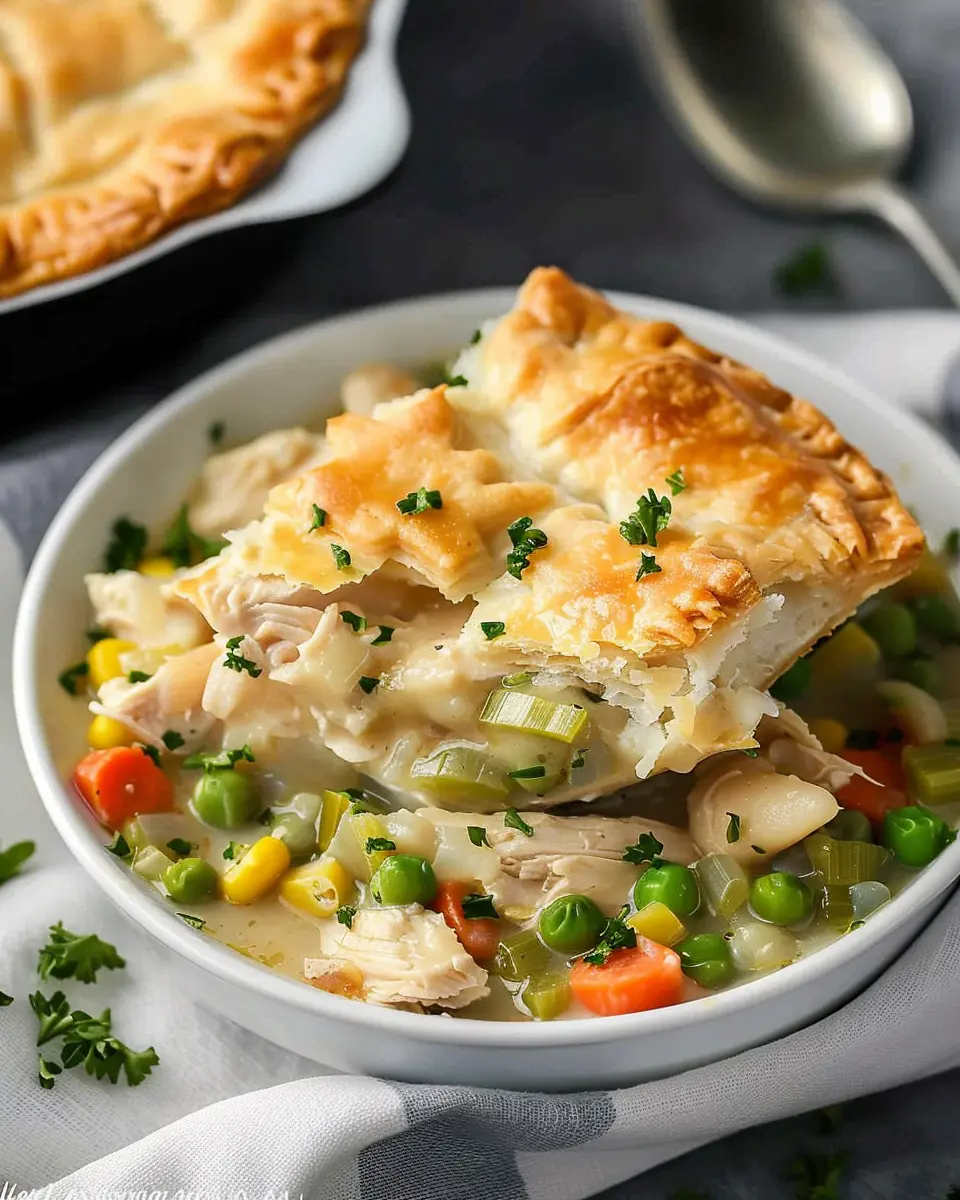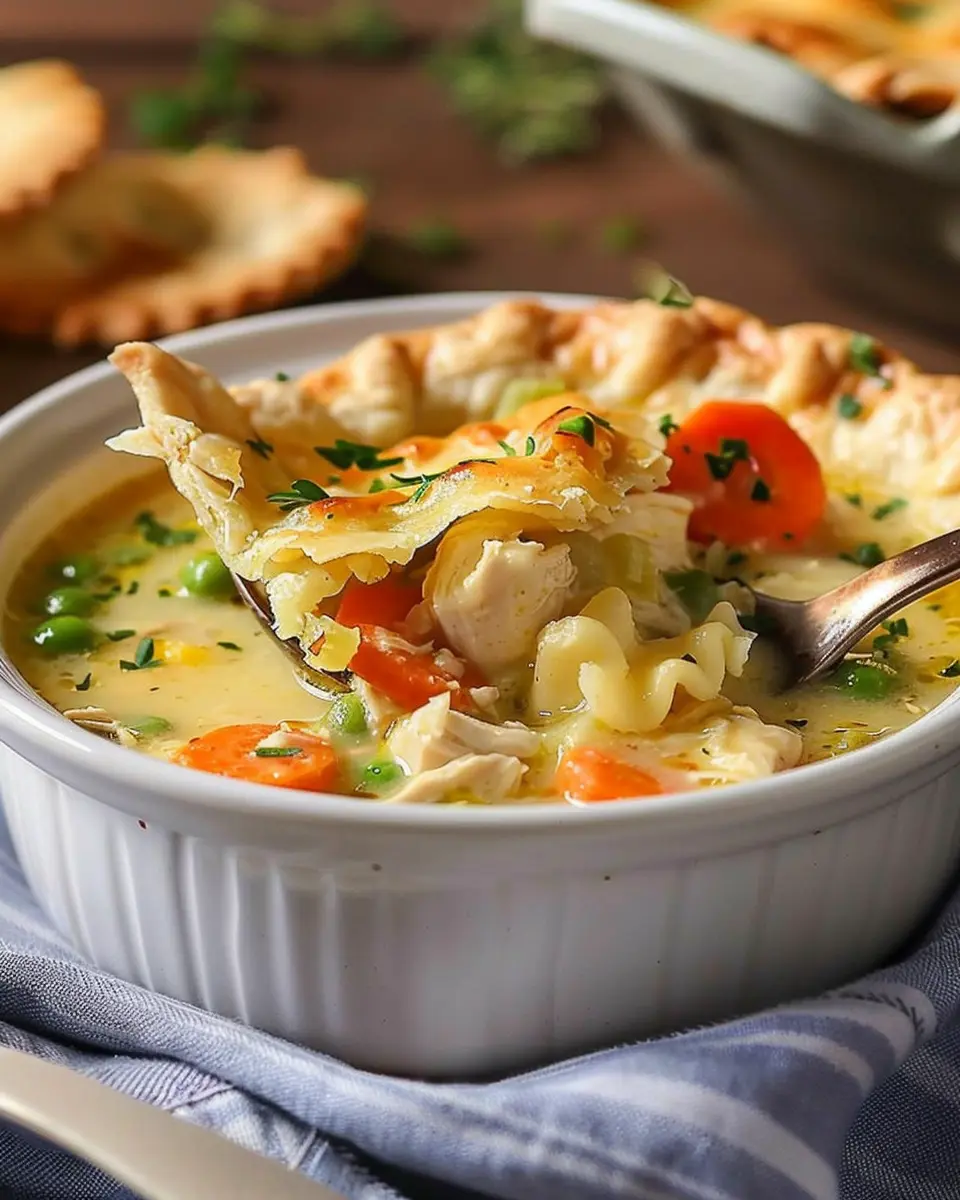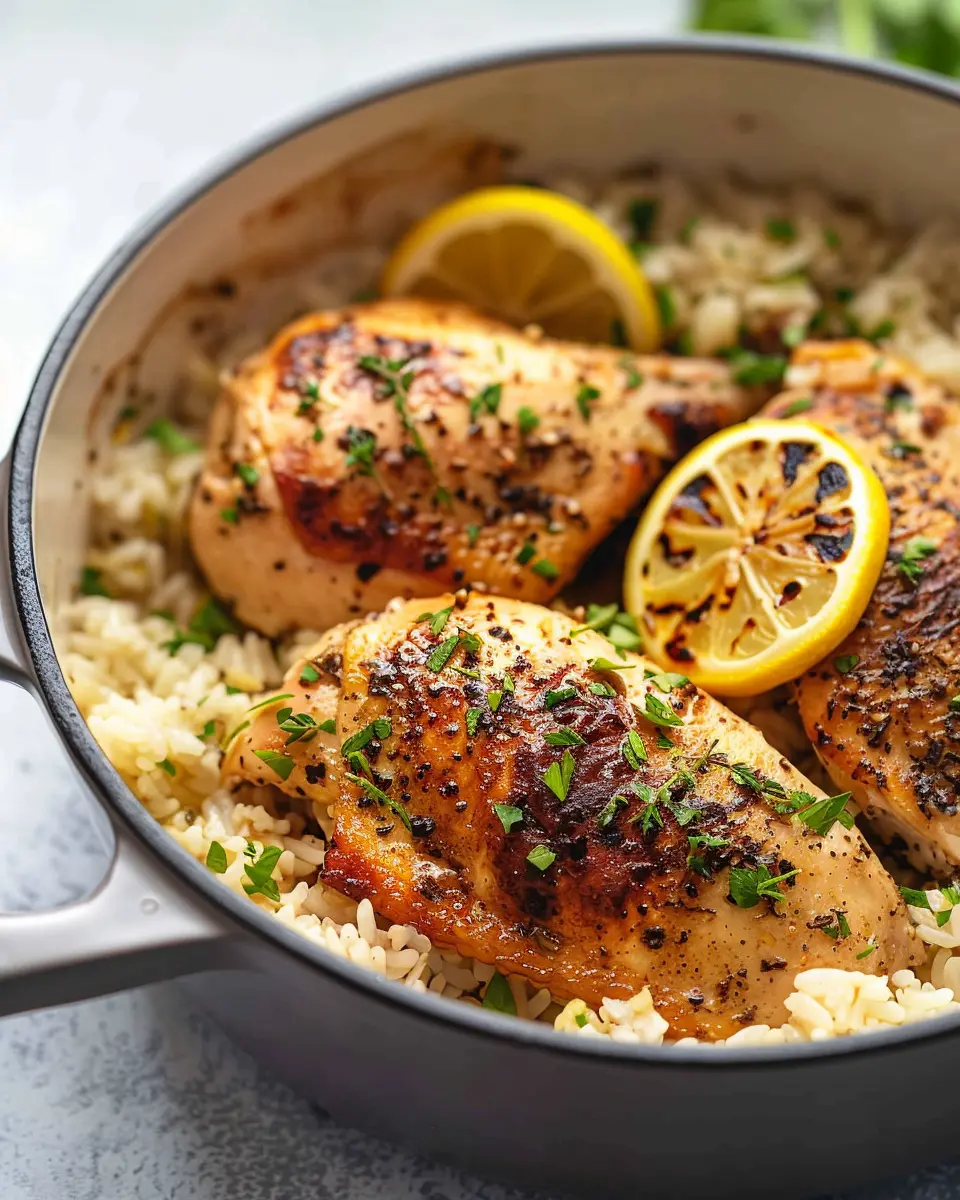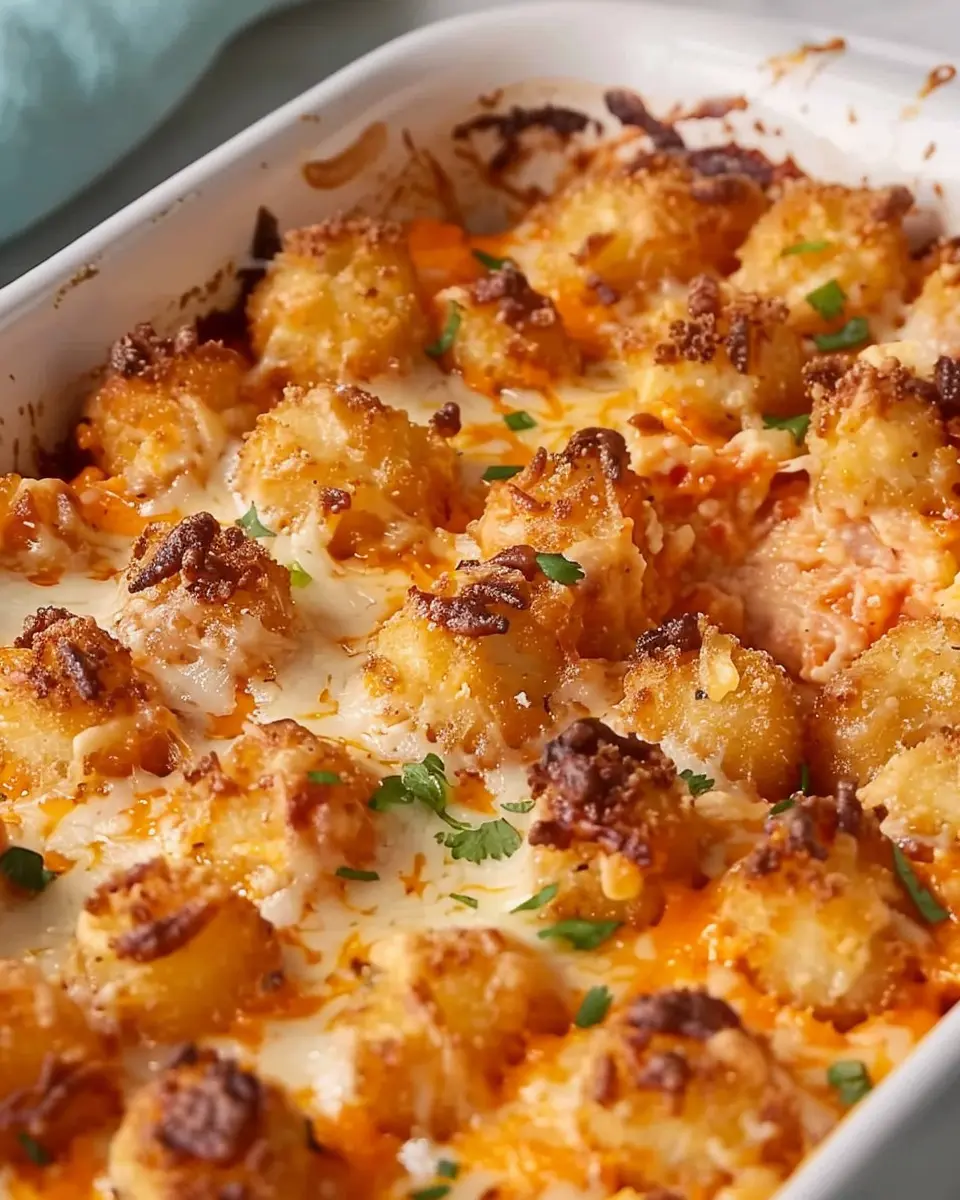Introduction to Pie Crust Recipe Butter
When it comes to making a standout pie, the foundation is just as crucial as the filling. Enter the pie crust recipe butter, a staple in any home chef’s arsenal that can truly elevate your baking game. Whether you’re a novice in the kitchen or a seasoned pro, making your own pie crust from scratch offers an array of benefits that can transform an ordinary dessert into something exceptional.
Why Homemade Pie Crust is a Game-Changer for Young Professionals
For young professionals juggling busy lives, the convenience of store-bought pie crusts may be tempting. However, taking just a bit of time to master a homemade pie crust recipe can yield delightful results that pay off in flavor and texture. Did you know that a homemade crust tends to be flakier and richer than its store-bought counterparts? This is primarily due to the ability to control the quality of ingredients, especially when using fresh butter. High-quality butter brings a creamy, rich flavor that just can’t be matched.
Moreover, embracing a pie crust recipe butter allows you to personalize your pies. Depending on the season or your mood, you can infuse spices like cinnamon or nutmeg or even incorporate herbs for savory pies. Imagine crafting a delicious pie filled with fruit fresh from the farmer’s market and encased in your buttery crust—it’s the kind of joy that busy professionals crave but often overlook.
Simple Steps to Get Started
You don’t need to feel intimidated by the thought of making your own pie crust. Here are a few simple steps to consider:
- Choose Quality Ingredients: Always opt for the best ingredients you can find. Good butter makes all the difference.
- Stay Cold: Keep your butter and water cold to ensure a flaky texture. This is a crucial tip that many bakers often overlook.
- Practice Makes Perfect: The more you make it, the better you’ll become. Even the pros had to start somewhere!
By choosing to make your own pie crust recipe butter, you’re not just creating a dish; you’re making a memory. According to experts, the warmth of sharing homemade creations fosters connection—something we all crave amid the hustle of professional life.
So why not give it a try? For an excellent resource on baking tips, check out King Arthur Baking, where you’ll find in-depth guidance and inspiration. And remember, if you stumble along the way, every mistake is a step toward mastering your culinary skills!
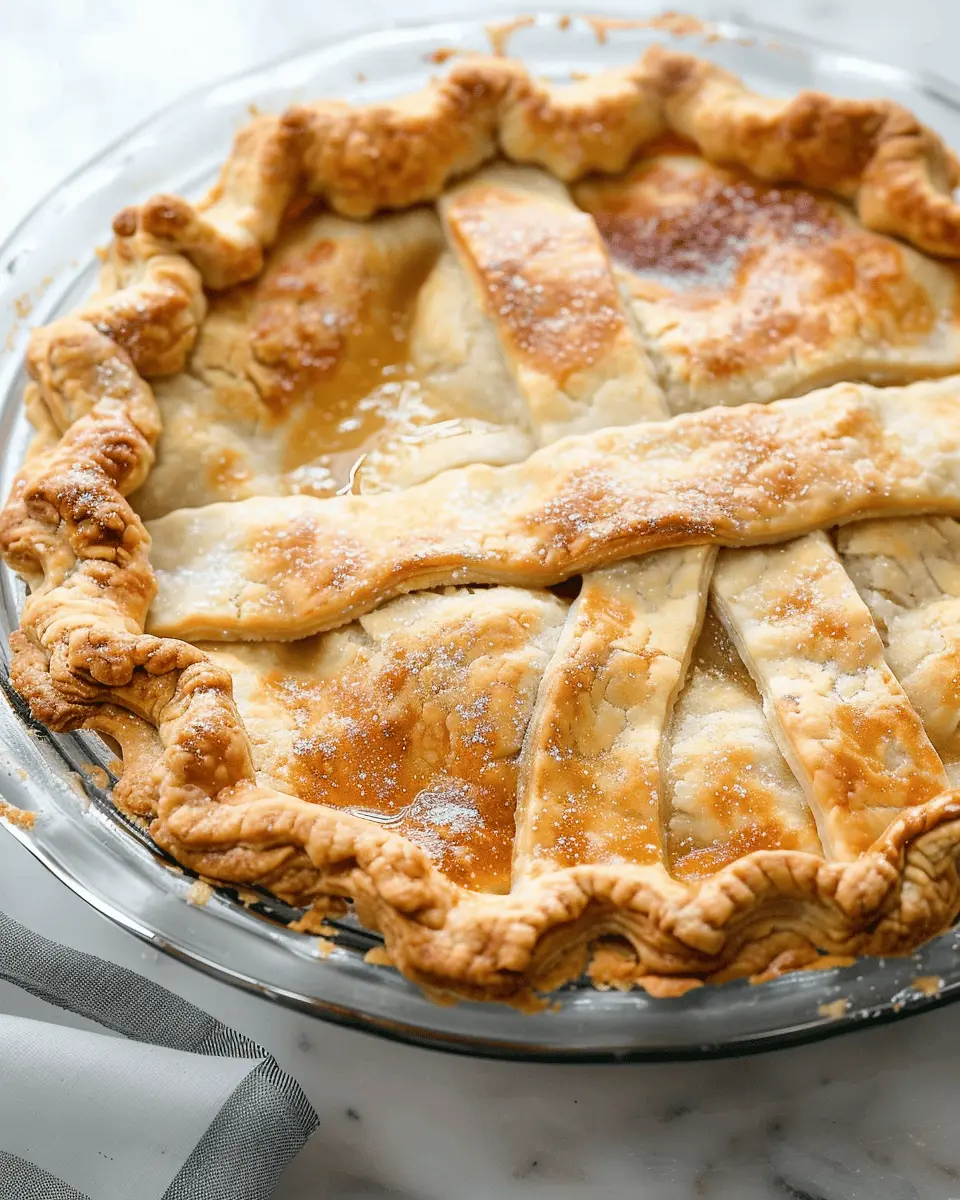
Ingredients for Pie Crust Recipe Butter
What you’ll need to get started
Creating a mouth-watering pie crust using the Pie Crust Recipe Butter method is both simple and rewarding. Let’s dive into the essential ingredients you’ll need to whip up a flaky and buttery crust that will impress your friends and family.
- All-purpose flour: About 2 ½ cups. This is the foundation of your crust, providing that necessary structure and flakiness.
- Unsalted butter: 1 cup (2 sticks), chilled and cut into small cubes. The butter not only adds richness but also contributes to the flaky texture.
- Salt: ½ teaspoon. This enhances the flavor, bringing out the best in your crust.
- Sugar: 1 tablespoon. A little sweetness helps balance the flavors, especially if you’re making a sweet pie.
- Ice water: 4 to 8 tablespoons. This is essential for bringing the dough together without melting the butter—keeping it cold is key for that perfect texture.
Once you gather these ingredients, you’ll be on your way to creating a delectable pie crust. Need more pie inspiration? Check out The Kitchn for expert tips on pastry making. Happy baking!
Preparing Pie Crust Recipe Butter
Creating the perfect pie crust can seem like a daunting task, but with the right approach, it’s as simple as pie! In this section, we’ll walk through various techniques for making a delicious pie crust recipe butter, ensuring you get a flaky and tasty base for your sweet or savory dishes. Whether you’re a kitchen novice or an experienced home cook, there’s something here for everyone.
Making Pie Dough in a Food Processor
Using a food processor is one of the quickest ways to whip up your pie dough. Here’s how to do it:
- Ingredients: Gather 2 ½ cups of all-purpose flour, 1 teaspoon of salt, 1 teaspoon of sugar, and 1 cup of cold unsalted butter, cut into cubes.
- Combine Dry Ingredients: In the food processor, pulse together the flour, salt, and sugar just until mixed.
- Add Butter: Scatter the cold butter cubes over the dry mixture. Pulse until the mixture resembles coarse crumbs with pea-sized pieces of butter still visible.
- Add Water: Gradually drizzle in ice water (about 6–8 tablespoons), pulsing just until the dough comes together. Avoid overworking it; you’re aiming for a tender crust.
- Chill: Transfer the dough to a clean surface, form it into a disk, wrap it in plastic, and refrigerate for at least an hour.
This method is quick and keeps your butter cold, which is key for that flakiness we all crave.
Making Pie Dough by Hand
Prefer the traditional approach? Making pie dough by hand can be therapeutic and allows you to connect with your food. Here’s an easy way to do it:
- Mix Dry Ingredients: In a large bowl, whisk together your flour, salt, and sugar.
- Cut in Butter: Use a pastry cutter or your fingertips to rub in the cold butter until it resembles coarse crumbs. It’s okay to have some small bits of butter visible; that’s what creates those flaky layers!
- Incorporate Water: Slowly add the ice water, mixing gently with a fork. Work with care to ensure the dough gathers but remains soft.
- Chill and Rest: Just like the food processor method, wrap the dough and let it chill. This resting period helps the gluten relax and makes rolling out easier later.
For a detailed visual guide, check out resources like Serious Eats.
Rolling Out the Pie Dough
Once your dough has chilled, it’s time for the fun part—rolling it out!
- Prepare Your Surface: Lightly flour your work surface. Roll out your dough into a circle, aiming for about 1/8 inch thickness. You want it to be large enough to fit your pie pan, leaving some overhang.
- Check for Sticking: If the dough sticks, lift it gently and sprinkle a bit more flour underneath. Keep moving it around to maintain an even thickness.
- Transfer to the Pan: Use a rolling pin to help lift the dough over your pie pan. Careful now, you don’t want to tear it!
This step might seem tricky, but with practice, you’ll get it right.
Preparing for Blind Baking
Blind baking is essential for ensuring your pie crust stays crisp, especially for a cream pie or fruit pie. Here’s how to get it ready:
- Preheat Oven: Get your oven to 375°F (190°C).
- Prick the Dough: Once in the pie pan, prick the bottom with a fork to prevent bubbles.
- Add Weights: Line the crust with parchment paper and add pie weights or dried beans. This prevents the crust from puffing up.
- Bake: Bake for about 20 minutes. Remove the weights and parchment, then bake for an additional 10–15 minutes until golden.
Making a Double Crust Pie
For those who love a classic, a double crust pie brings nostalgia and comfort. Here’s a quick rundown:
- Divide Your Dough: After chilling, divide your dough into two halves. Roll out the first half as per previous instructions for the bottom crust.
- Add Filling: Pour in your desired pie filling, be it cherry, apple, or a savory mix.
- Top Crust: Roll out the second half to cover your filling. Seal the edges and cut slits for steam to escape.
- Bake: Finally, bake according to your pie recipe, usually around 425°F (220°C) for 30 to 45 minutes, depending on the filling.
As you embark on your pie-making journey, remember that practice makes perfect. Each time you make this pie crust recipe butter, you’ll get a little better. Don’t be afraid to experiment and make it your own!
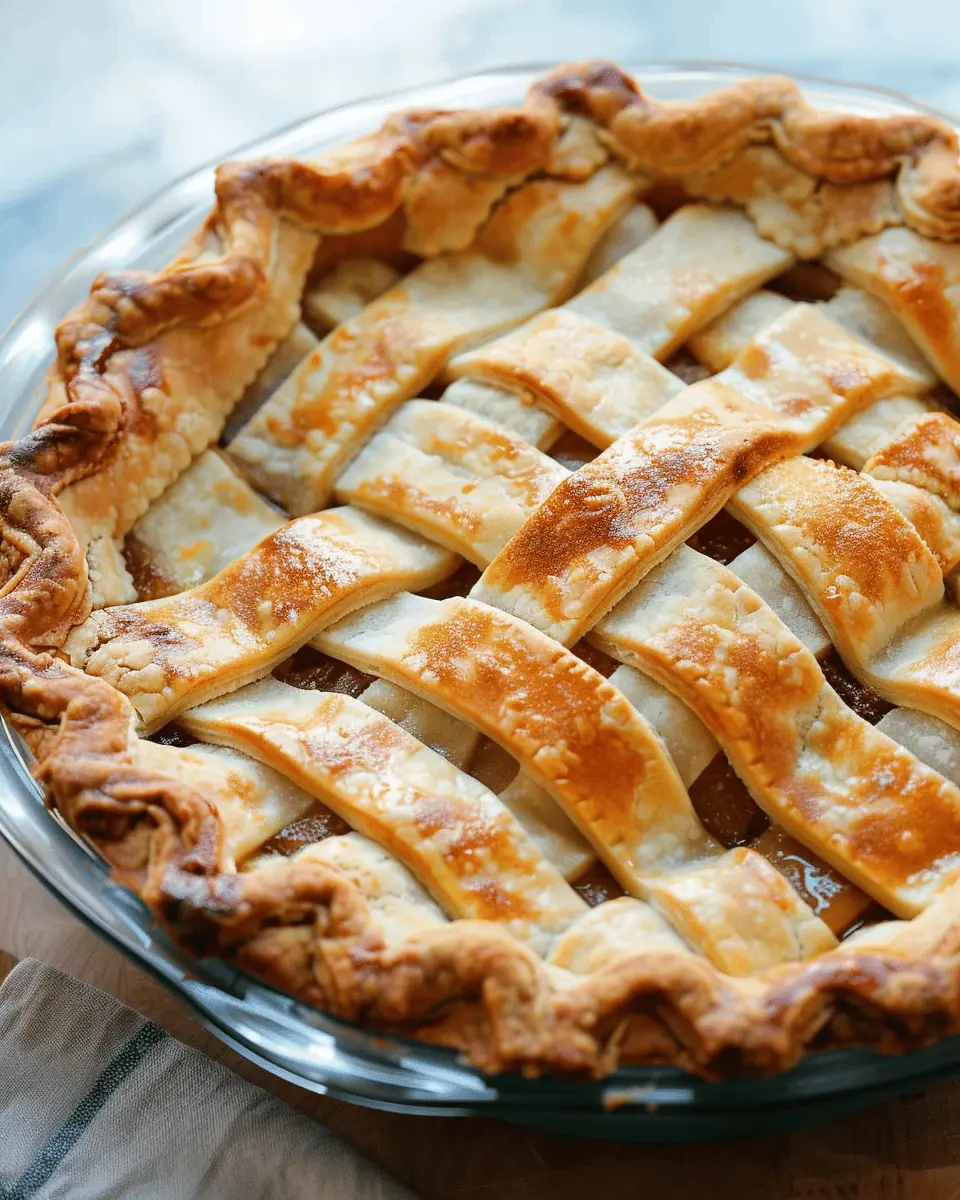
Variations on Pie Crust Recipe Butter
When you think of pie crust, the classic Pie Crust Recipe Butter might be the first thing that comes to mind. However, don’t limit yourself! Here are two delicious variations to elevate your pie game.
Graham Cracker Crust for a Sweet Twist
Why not switch things up and use a graham cracker crust for your next pie? This sweet base complements fillings like chocolate, pumpkin, or even cheesecake beautifully. Simply crush about 1 ½ cups of graham crackers, mix in 1/3 cup of melted butter, and a couple tablespoons of sugar. Press the mixture into a pie dish and bake it at 350°F for 10 minutes. This easy variation adds a delightful crunch and caramel-like flavor that pairs perfectly with many sweet fillings. Plus, it’s a favorite among those who claim they don’t want traditional pie but still want something delicious!
For inspiration on fillings, check out this guide to pie fillings for mouth-watering options.
Savory Herb Crust for Quiches and More
If you’re in the mood for something savory, consider making a savory herb crust using your Pie Crust Recipe Butter as a base. Start by adding finely chopped fresh herbs like rosemary, thyme, or parsley to the dough. Aim for about 1 tablespoon of herbs per crust, depending on your taste. This makes for a fabulous base for quiches or savory tarts filled with eggs, chicken ham, and even turkey bacon.
Imagine serving a quiche at brunch that has irresistible flavor right from the crust! It’s a perfect way to impress guests while keeping your cooking approach simple.
Give these variations a try, and you’ll see how a little creativity can make your pies unforgettable!
Cooking Tips and Notes for Pie Crust Recipe Butter
Common Mistakes to Avoid for Perfect Crust
Creating the ideal pie crust can be a bit tricky, but a few common mistakes can derail your efforts. Let’s dive into ways to make your Pie Crust Recipe Butter a success every time!
-
Not Chilling the Butter: Using cold butter is crucial for flakiness. Ensure it’s chilled and cubed before mixing to create those beautiful layers.
-
Overworking the Dough: It might be tempting to knead and mix thoroughly, but be gentle! Overworking can develop gluten, leading to a tough crust instead of a tender one.
-
Skipping the Rest Period: After mixing your dough, let it rest in the fridge for at least 30 minutes. This helps the gluten relax, resulting in a tender texture.
-
Misestimating Flour to Liquid Ratio: Different flours can absorb moisture differently. Start with less liquid, then add gradually to get the right textured dough.
For more insights on pie crust techniques, visiting reliable sources like Serious Eats can broaden your understanding. Happy baking!
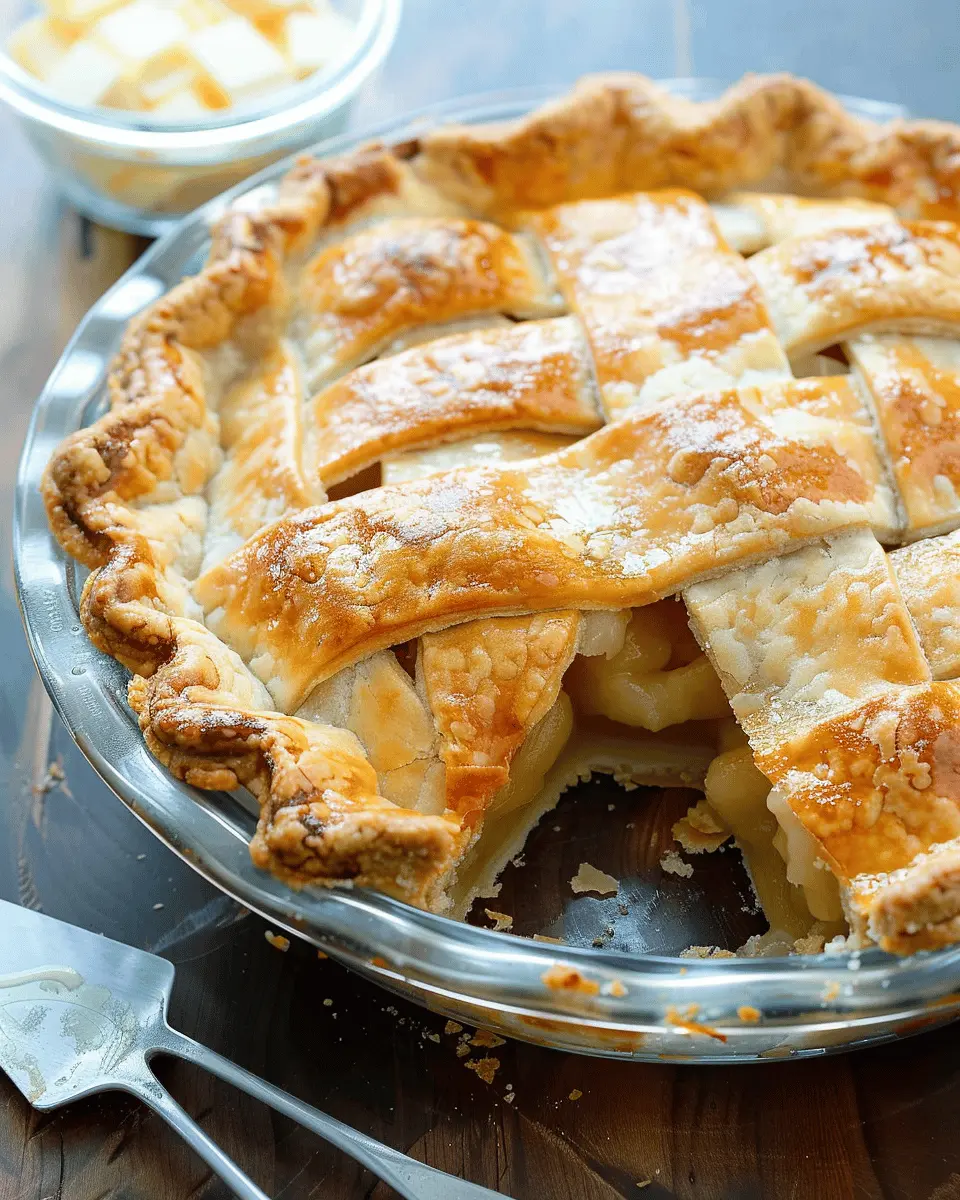
Serving suggestions for Pie Crust Recipe Butter
What to pair with your delicious homemade pie crust
Creating a pie crust from scratch using your Pie Crust Recipe Butter is just the beginning of your culinary adventure! The beauty of a well-made pie crust is its versatility. You might be wondering what fits perfectly with that buttery, flaky masterpiece — let’s dive in!
-
Savory Fillings: Think of a classic chicken pot pie. The creamy chicken filling pairs beautifully with the rich notes of your crust. Don’t forget to sprinkle in some herbs for a flavor boost!
-
Hearty Slices: Try a pie loaded with Turkey Bacon or Beef for a satisfying meal option. Think of combining it with vegetables like mushrooms or spinach to elevate the dish further.
-
Sweet Delights: If you’re leaning towards dessert, prepare a classic apple or blueberry pie. The sweetness of the fruit alongside the buttery crust is a match made in heaven.
Embrace the chance to experiment; feel free to blend different ingredients! For some inspiration, check out Epicurious which offers a variety of filling recipes that can bring your pie crust to life.
Time breakdown for Pie Crust Recipe Butter
Creating the perfect pie crust is all about timing. Let’s break it down so you know exactly what to expect while making this delicious Pie Crust Recipe Butter.
Preparation time
For the Pie Crust Recipe Butter, you’ll spend about 15 minutes mixing the ingredients and shaping the dough. It’s a simple process, so don’t feel overwhelmed!
Chilling and baking time
To achieve that tender, flaky consistency, chill the dough for at least 1 hour. After chilling, baking takes about 30-40 minutes. You’re looking at a beautiful golden crust by then!
Total time
In total, set aside approximately 2 hours for the entire process. Most of this time is just letting the dough chill and bake while you can focus on other tasks. Ready to impress your friends with your baking skills? Let’s get started!
Need tips on how to make your crust even flakier? Check out this guide on perfecting your pie crust techniques!
Nutritional Facts for Pie Crust Recipe Butter
When it comes to whipping up a delicious pie crust, understanding the nutritional content can help you make informed choices. Here’s a quick breakdown based on a standard serving size of the Pie Crust Recipe Butter.
Calories
A typical serving of this buttery crust contains approximately 200 calories. This makes it a rich, indulgent base for your favorite pies. Just think of those cozy moments spent enjoying a slice from the oven — a little calorie count for happiness!
Protein
You’ll find that this buttery pie crust offers about 2 grams of protein per serving. While it’s not protein-rich, it complements the nutritional profile of the filling you choose, whether it’s a mouth-watering pumpkin pie or a savory quiche.
Fat Content
The fat content is where this crust truly shines, coming in at around 12 grams per serving. Most of that fat comes from the quality butter (you can also explore healthy butter alternatives if you’d like). Remember, a little fat adds flavor and creates that delightful flaky texture!
Overall, the Pie Crust Recipe Butter is a treat to savor—just be mindful of portion sizes. Have you tried experimenting with whole grain flour or almond flour for added health benefits? It can change the entire game while still giving you that classic crust experience!
FAQ about Pie Crust Recipe Butter
How can I ensure my pie crust is flaky?
Achieving a perfectly flaky pie crust isn’t as challenging as it may seem! Here are some tried and true tips:
- Use cold ingredients: Start with cold butter and cold water. This helps create that coveted flaky texture as the cold fat creates steam pockets during baking.
- Don’t overwork the dough: Mix just until combined. Over-kneading can develop gluten, making your crust tough instead of tender.
- Chill the dough: After mixing, let your dough rest in the refrigerator for at least 30 minutes. This step relaxes the gluten, allowing for a flakier texture.
For in-depth baking techniques, check out King Arthur Baking’s guide.
What’s the best way to store leftover pie crust?
If you’ve got extra pie crust dough, don’t toss it! Here’s how to store it:
- Refrigerate: Wrap it tightly in plastic wrap and refrigerate for up to 3 days. Make sure the dough is covered well to avoid drying out.
- Freeze for longer storage: For longer-term use, wrap the dough in plastic wrap, then place it in a zip-top bag. It can be frozen for up to 3 months! Just be sure to thaw it in the fridge before using.
Can I freeze pie crust for later use?
Absolutely! Freezing your pie crust recipe butter dough is a fantastic way to prepare in advance. Here’s a simple method:
- After preparing your dough, flatten it into disks for easier thawing.
- Wrap each disk tightly in plastic wrap and then place in an airtight container.
- When ready to use, simply thaw in the fridge overnight.
This way, you’ll always have pie crust on hand for your next baking adventure!
Conclusion on Pie Crust Recipe Butter
Choosing to make your own pie crust recipe butter can dramatically elevate your baking game. Here’s why you should consider ditching store-bought options for good:
- Quality Control: Homemade pies let you select the best ingredients, ensuring fresher flavors and healthier choices. Did you know that many commercial crusts contain preservatives?
- Flavor and Texture: Nothing compares to the rich, flaky texture you get from butter, which provides the perfect balance of tenderness and crunch. Imagine biting into a warm slice of pie with a crust that melts in your mouth!
So why not give this pie crust recipe a try? You’ll likely find it’s easier than expected, plus it adds a personal touch to your desserts. See what savings and flavor await you on your baking journey—your taste buds will thank you! For more tips on baking-related ingredients, check out Serious Eats.
PrintPie Crust Recipe Butter: The Best Buttery Treat for Any Filling
This buttery pie crust recipe is perfect for any filling, offering a flaky texture and rich flavor.
- Prep Time: 20 minutes
- Cook Time: 30 minutes
- Total Time: 50 minutes
- Yield: 1 pie crust 1x
- Category: Dessert
- Method: Baking
- Cuisine: American
- Diet: Vegetarian
Ingredients
- 2 1/2 cups all-purpose flour
- 1 teaspoon salt
- 1 teaspoon sugar
- 1 cup unsalted butter, chilled and diced
- 6 to 8 tablespoons ice water
Instructions
- In a large bowl, mix flour, salt, and sugar.
- Cut in the butter until the mixture resembles coarse crumbs.
- Stir in ice water, a tablespoon at a time, until the mixture forms a ball.
- Wrap in plastic and refrigerate for at least 4 hours or overnight.
- Roll out dough on a lightly floured surface to fit your pie pan.
- Fill with your choice of filling and bake as directed.
Notes
- For a sweeter pie crust, add more sugar.
- Ensure the butter is very cold for a flaky crust.
Nutrition
- Serving Size: 1 slice
- Calories: 180
- Sugar: 1g
- Sodium: 200mg
- Fat: 12g
- Saturated Fat: 7g
- Unsaturated Fat: 4g
- Trans Fat: 0g
- Carbohydrates: 15g
- Fiber: 0g
- Protein: 2g
- Cholesterol: 30mg
Keywords: Pie Crust Recipe Butter
